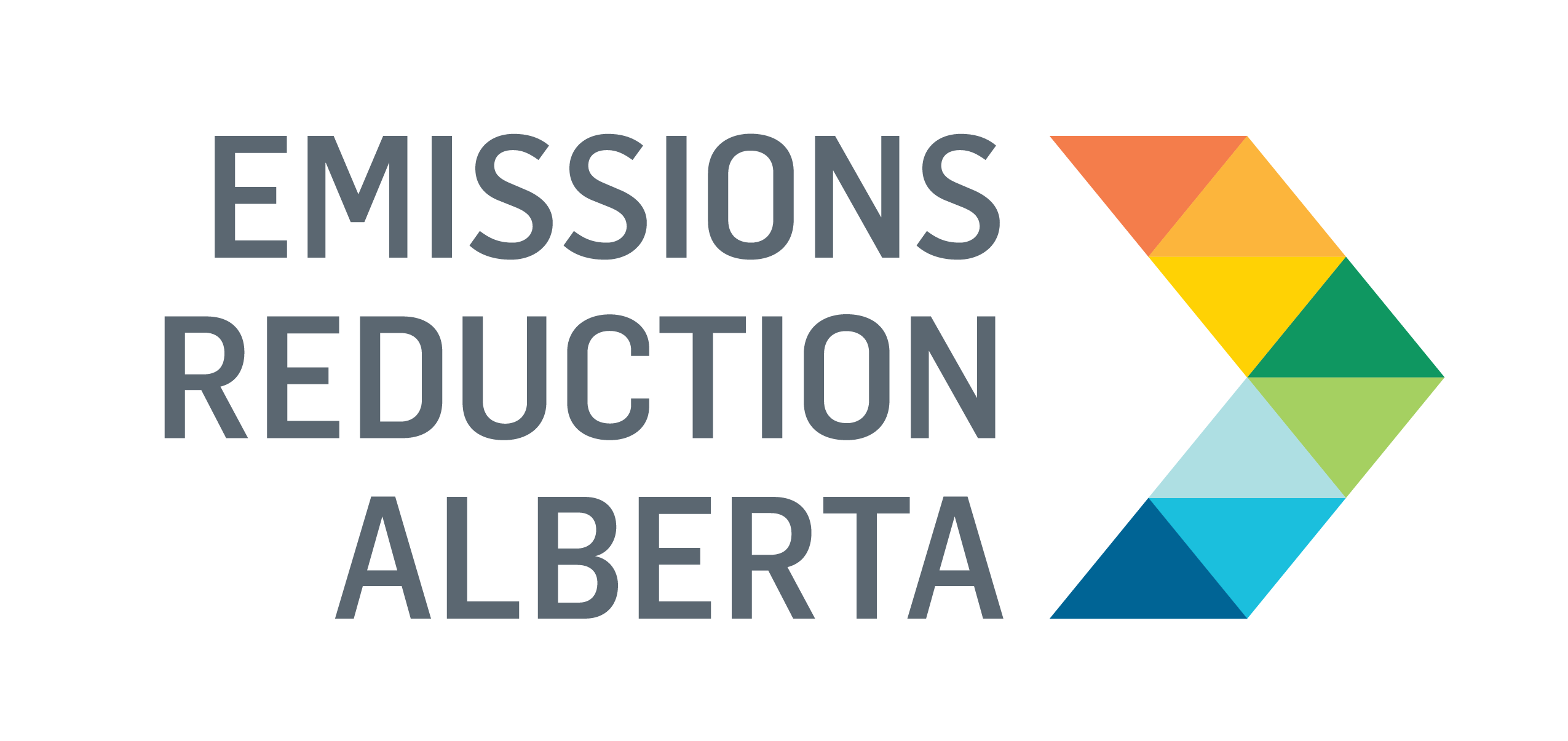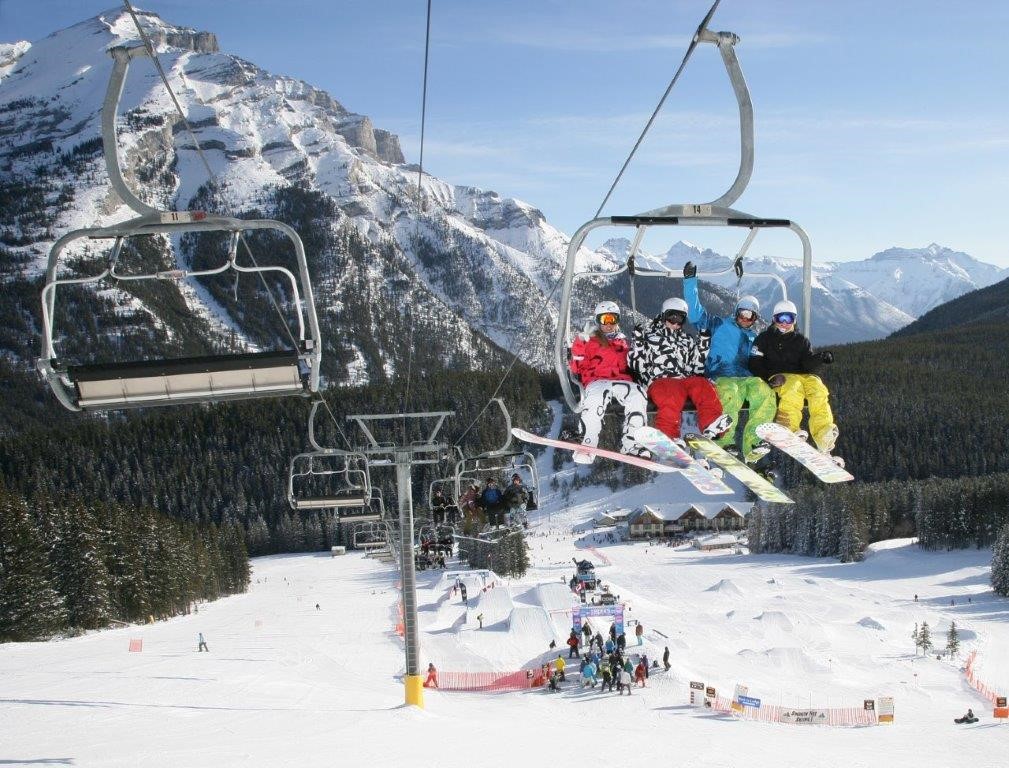
Cold winters are critical for ski and snowboard resort operators. At the same time, tight margins, aging equipment, and capital expenditures can create their own challenging environment. At 95-years-young, Mount Norquay is taking steps to reduce its emissions to mitigate the risks posed by climate change and drive down the cost of their operations while doing it.
Earlier this year, the ski resort just 6-kilometres outside of the Town of Banff installed a new variable frequency drive (VFD) on its four-person, fixed-grip Cascade Chairlift. The technology investment is expected to significantly reduce the amount of electricity to run the lift and reduce over 900 tonnes of greenhouse gas (GHG) emissions over its lifetime.
Emissions Reduction Alberta’s (ERA) Energy Savings for Business program committed over $12,000 in incentives for the upgrade.
“This piece of machinery has been in operation for 20 years and this funding helped us retrofit it with new technology that will make it run smoother, be more efficient, and use less electricity,” said Andre Quenneville, general manager for Mount Norquay.
Cascade can move almost 2,000 people per hour up just shy of 500 feet of elevation in under 5 minutes. From there, skiers and snowboarders can access a range of beginner runs or connect with other lifts —Spirt and Mystic —that boast intermediate and expert runs from Silver Legacy to Giver Grandi. Cascade is typically the first chair accessed by visitors to the resort and needs to set a lasting impression.
The original drive was installed in the late 1990s and the technology that was used at that time was far less efficient than what is available now. The updated chairlift system consists of a new electric motor equipped with a VFD. It has the ability to lower its rotational speed and operate efficiently when there are less passengers on the lift, and therefore consume less power when not fully loaded.

This is just one part of the resort’s plan to become more energy efficient and reduce its overall emissions.
“We’ve been working in all areas of our resort to try and see where we can reduce electricity consumption, where we can switch to more efficient ways of using it, and how we can lower our overall greenhouse gas emissions,” said Quenneville.
The Energy Savings for Business program was critical to getting the project off the ground.
“Without programs like this, we wouldn’t get out of the gate on some projects,” said Quenneville. “It’s costly to keep our business operating, let alone to try and make advances to become more energy efficient. It takes a lot of investment, so without having support like this it would make the decision to move forward a lot more difficult.”
To learn more about ERA’s Energy Savings for Business program and how you can generate your own energy savings, visit our website.


